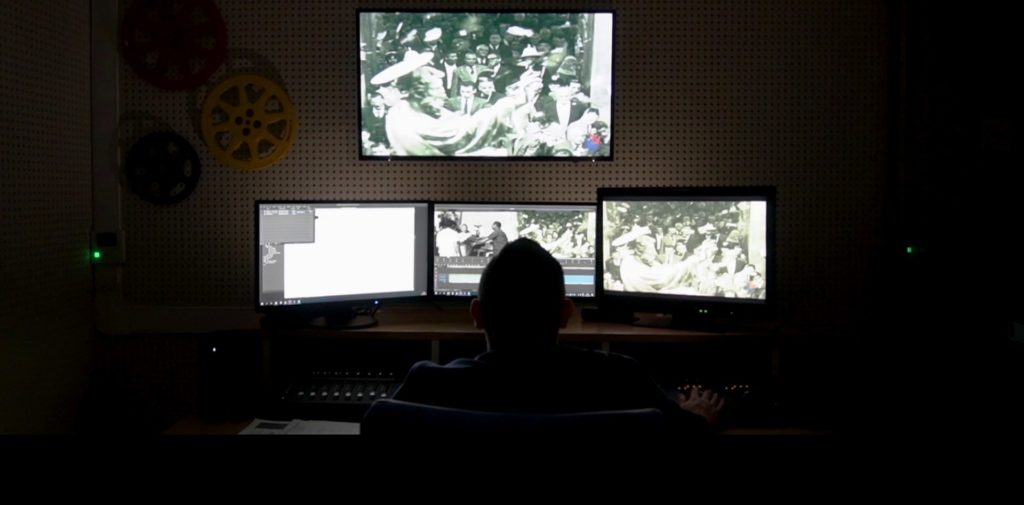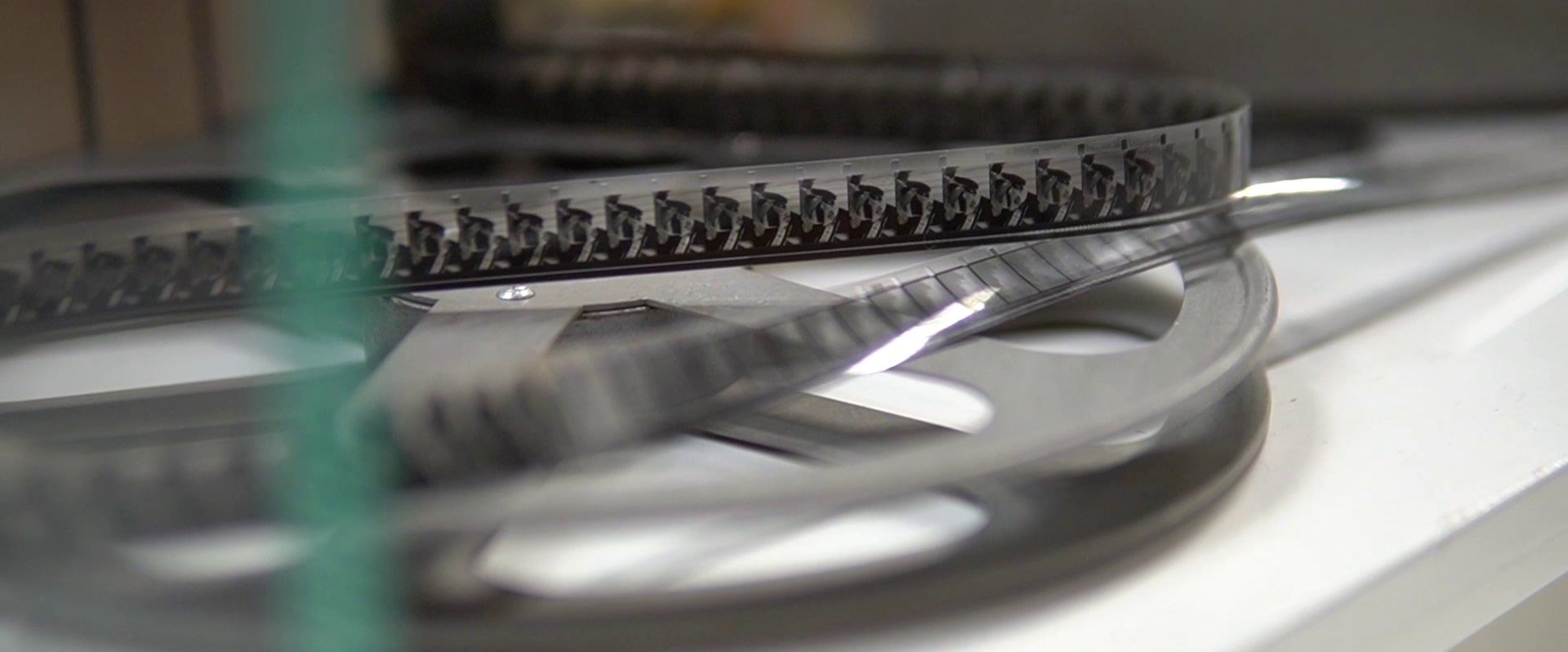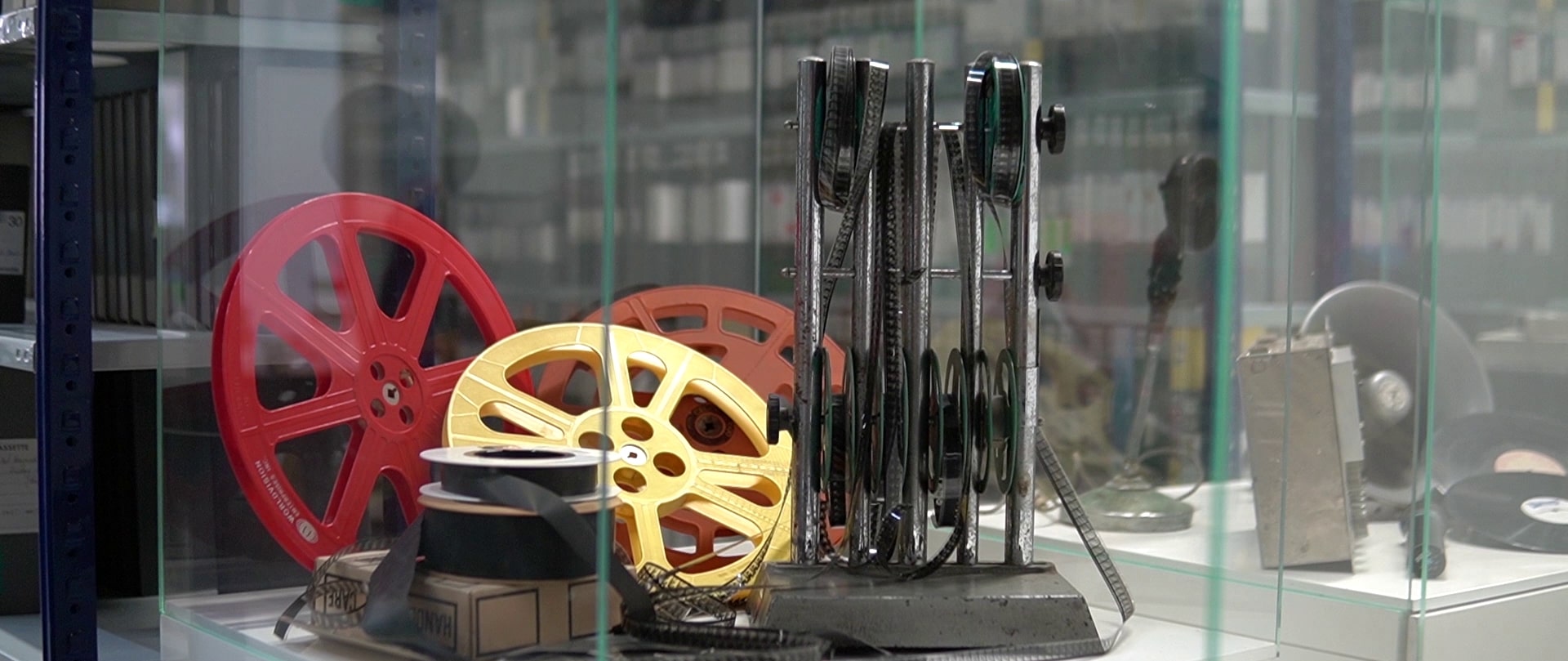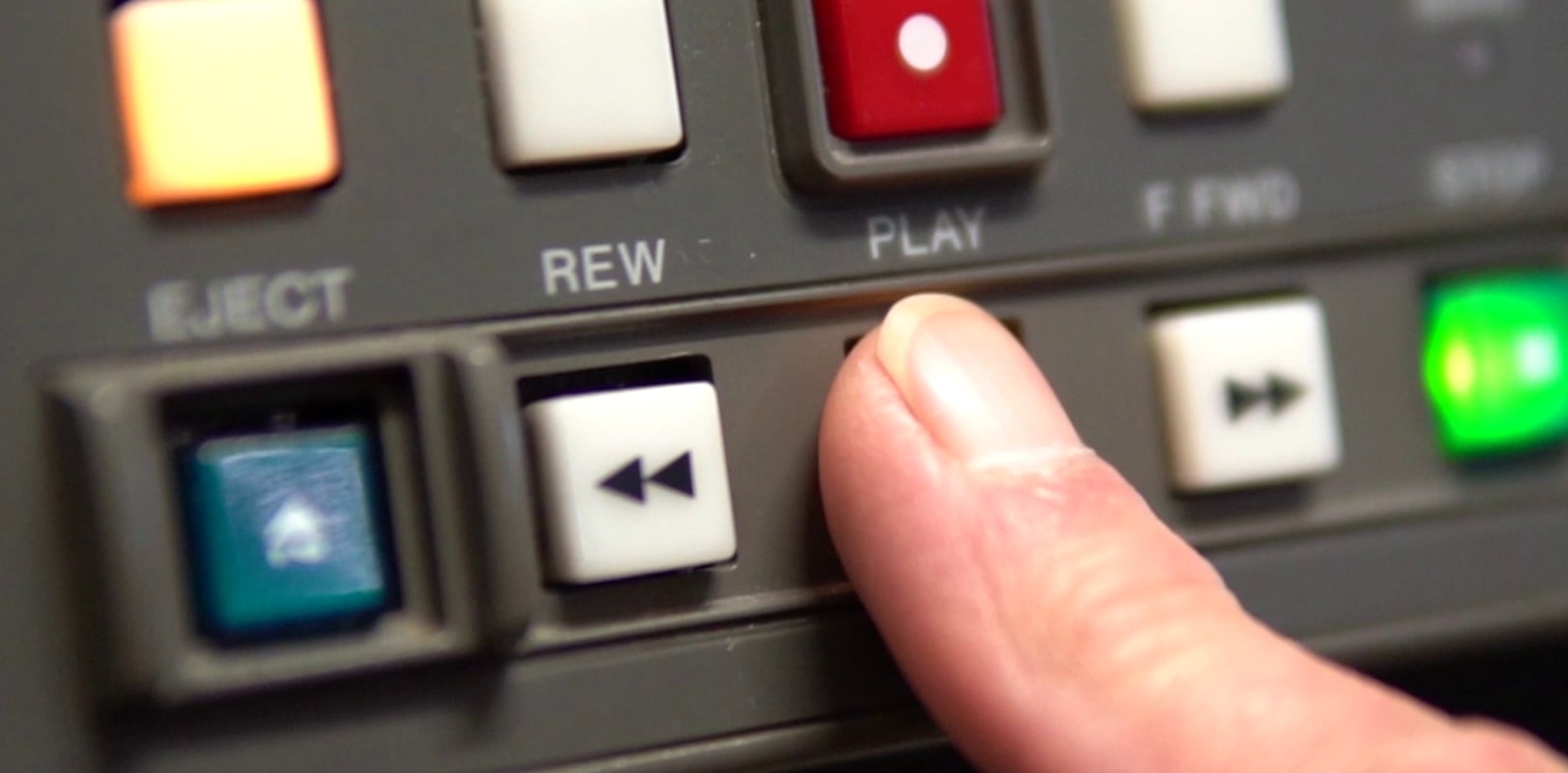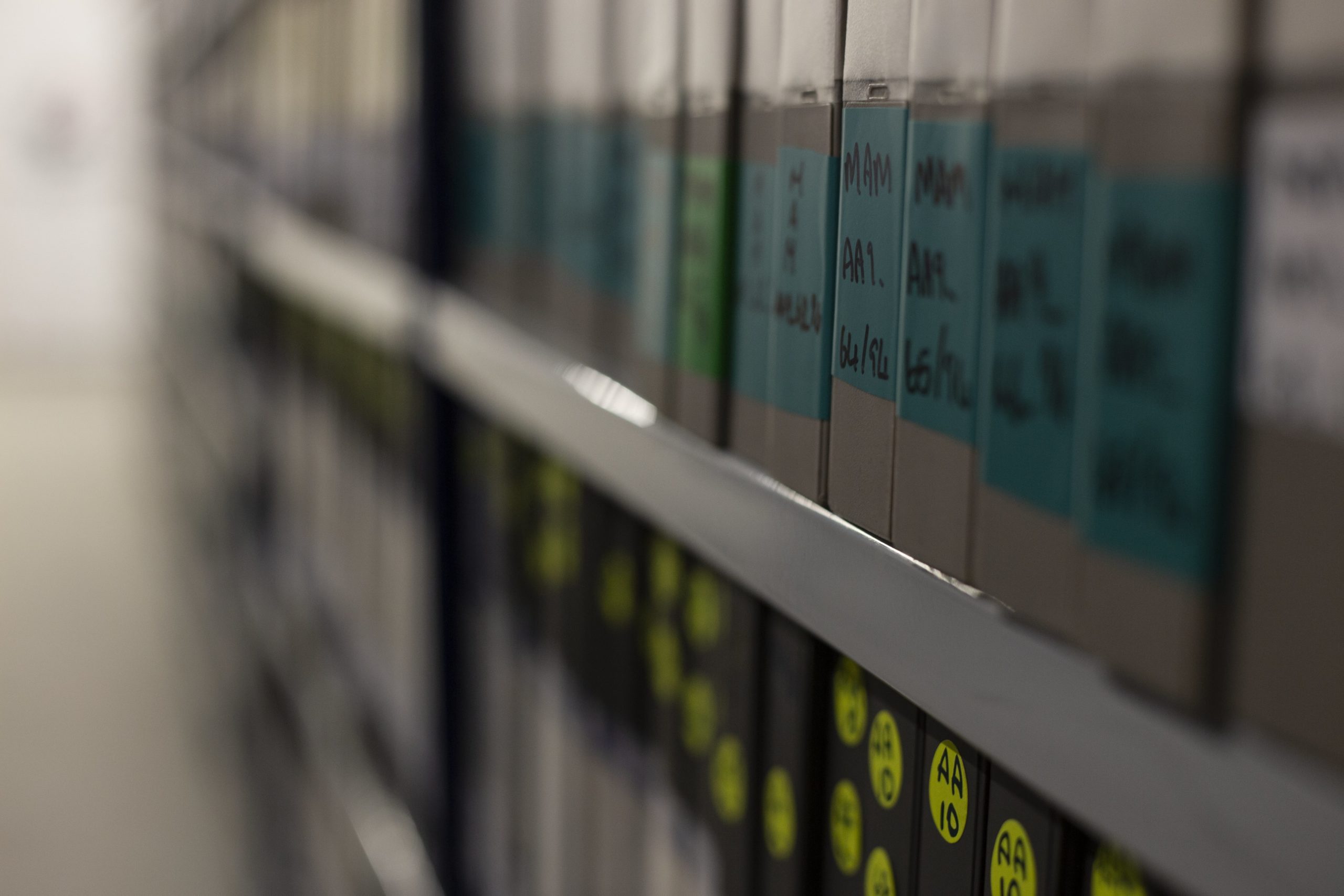The MAVM project is staffed by around 25 people working in different roles to digitise footage stored in the archives at PBS. This unique collection of audiovisual content gives us a privileged look into the lives of the Maltese from the earliest years of the previous century.
We asked the people working here what they thought about the project and how they feel about being involved in the first large-scale digitisation effort of its kind on the islands.
“We’re preserving the largest collection of audiovisual content in Malta.”
Nothing like it has been attempted locally, so we’re grateful for the assistance we receive from the national broadcaster and its partners. The public has also been very appreciative of our work and has been sharing clips widely on social media.
“You learn something new every day about the people and events that shaped our country.”
Most of the staff here is under thirty, so a lot of the footage shows scenes they may only have heard about from older relatives. It’s an educational experience working on these clips.
“Tourists can appreciate historical places and monuments on a whole new level.”
It gives you great satisfaction knowing that your work will eventually be accessible at the most prominent sites in Malta and Gozo for visitors from all over the world to watch.
“It’s wonderful when people recognise friends and relatives in old clips. This footage captures something of our roots.”
Going through the PBS archives is a bit like looking at old photos in the family album, except that our footage records the memories of an entire nation!
“History comes in alive on screen, and everyone can feel like they’re part of it.”
Our job is to preserve our story. Each clip is a small reminder of what makes us Maltese.
You can follow the latest developments of our project by following MAVM on Facebook and Instagram, where we post newly digitised clips from the archives every week. Feel free to share observations in the comments about the videos; your feedback is also valuable to help us understand and appreciate our country’s audiovisual heritage.

